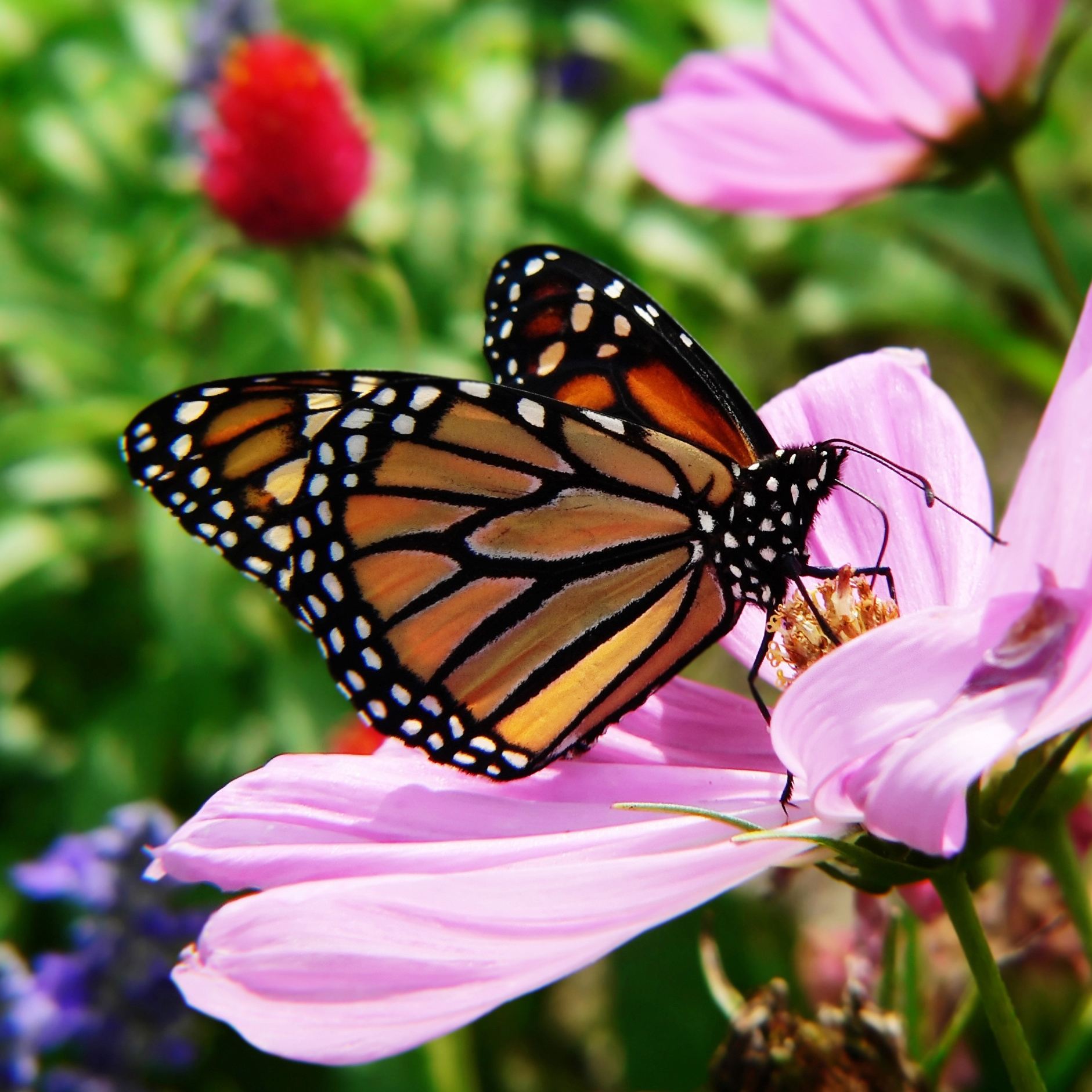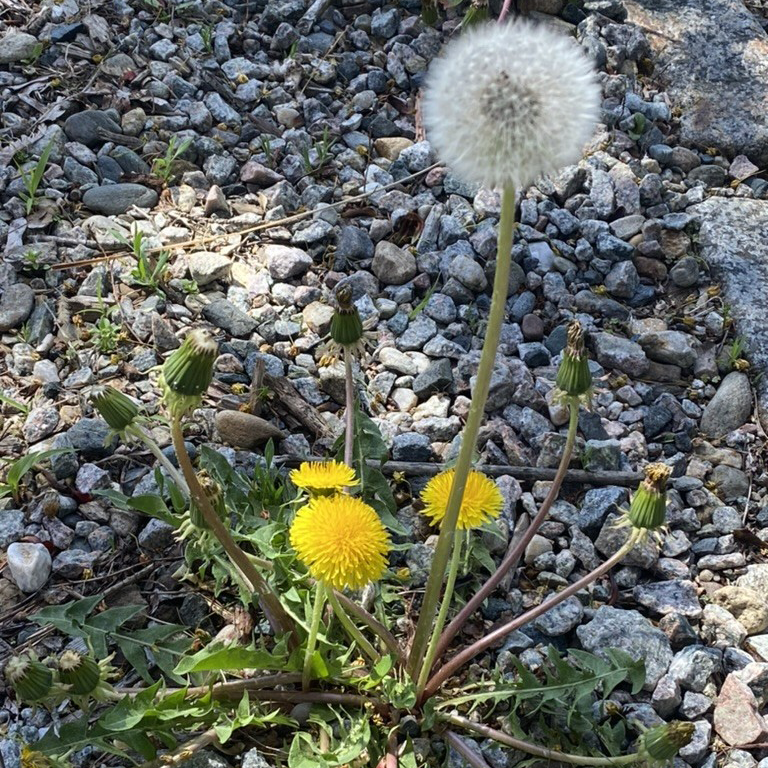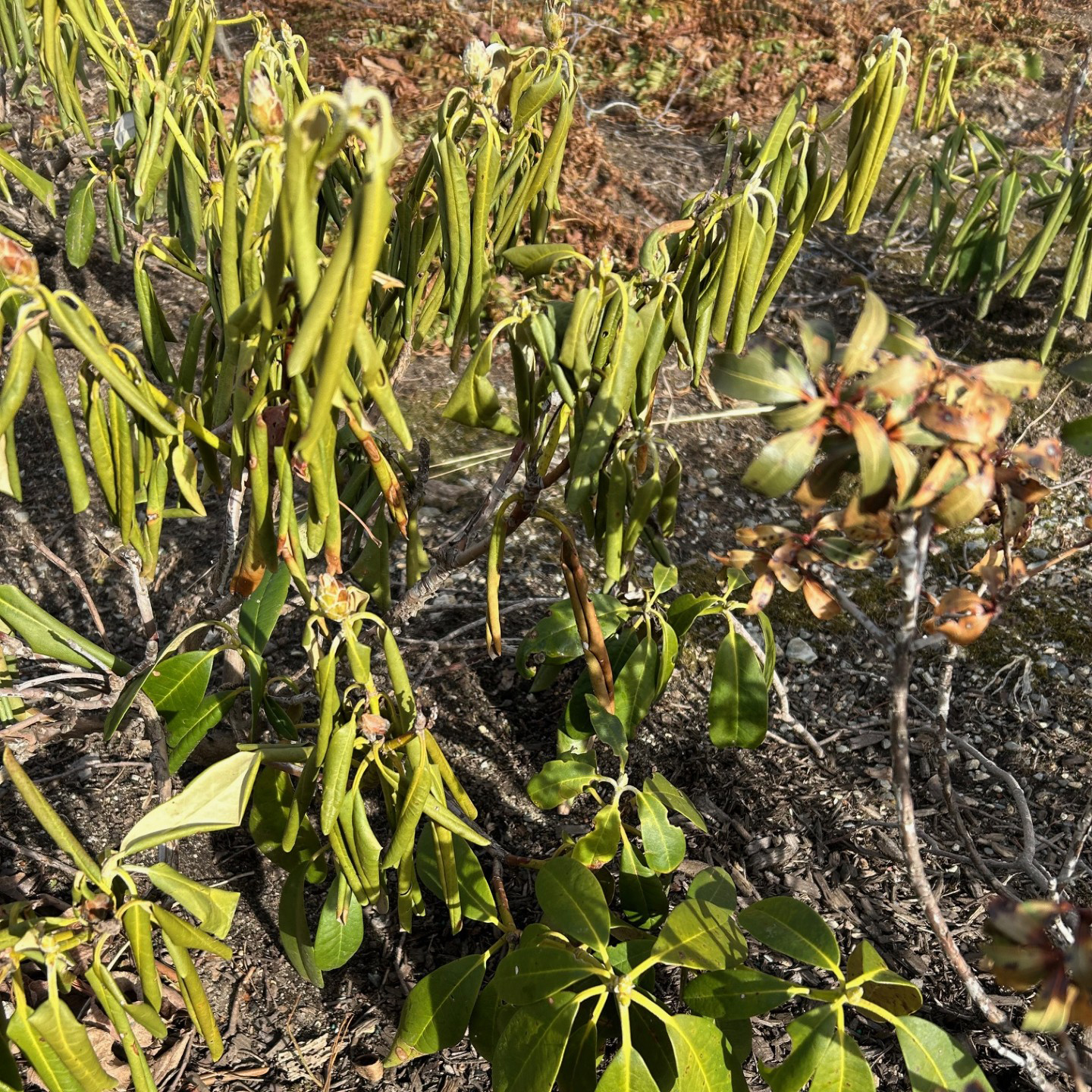Spring really does bring out both the good and bad. Here we have another three plants that are not desirable in gardens, particularly as two of them are on Massachusetts’s invasive plant list.

The first is Greater Celandine, Chelidonium majus, which is no relation to Lesser Celandine, as Greater Celandine is actually part of the poppy family. It is a biennial plant, flowering in its second year when it will reach 18-24” tall. Like many imports to the US, European settlers brought it with them for its medicinal properties, one of which was using its yellowish-orange sap to treat warts. It also has a history of being used to treat other ailments such as ulcers, jaundice, bronchitis and abdominal pain. However, despite the medicinal use of its sap, it should be noted that the plant is toxic and the sap can cause skin irritation upon contact.
While aggressive, it is not considered invasive in Massachusetts and it should be noted that it is quite similar in appearance to the native Celandine poppy, Stylophorum diphyllum. For those wishing to easily see the differences between these two plants, please click here!
Greater Celandine can easily be pulled out and herbicide applications are also effective.
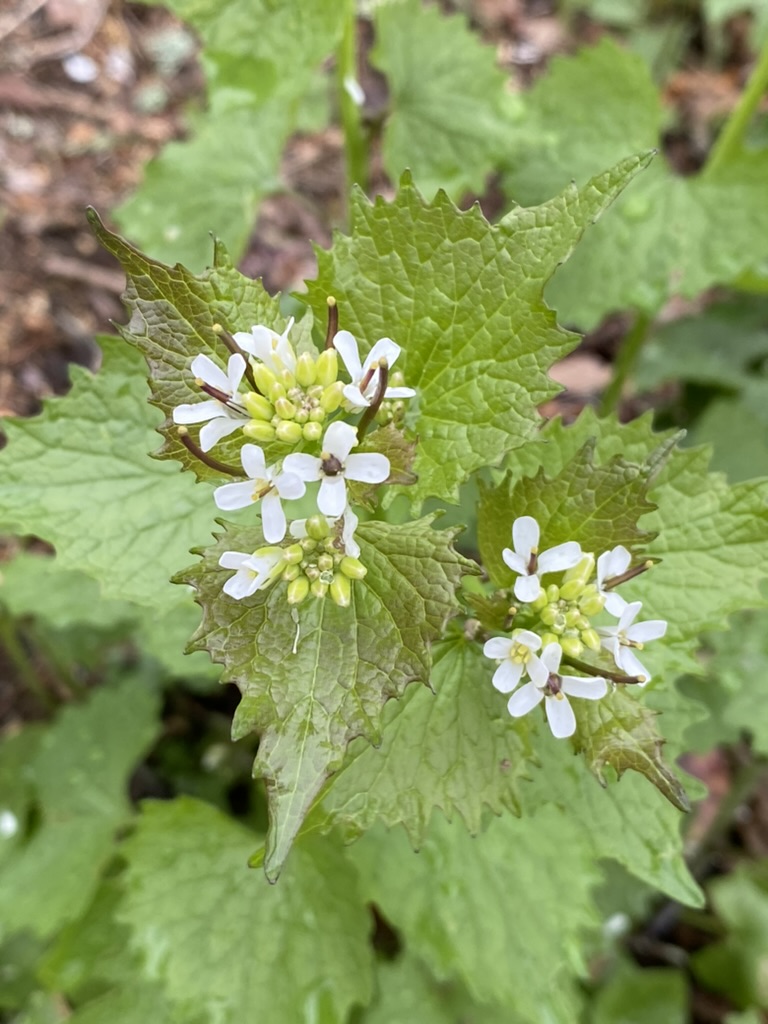
The next weed in this article is invasive and features in community awareness programs with lawn signs announcing that May is “Garlic Mustard Month” and is the time to pull it up before it sets seed. Garlic mustard (Alliaria petiolata) is another biennial plant, spending its first year as a low rosette of kidney-shaped leaves, and in its second year comes into bloom with 2-4’ stems topped with white flowers. This plant sets a profuse amount of seeds that are easily distributed by the wind. The seeds also have another trick up their sleeve in that they remain viable in the soil for up to five years. It is easy to distinguish from other members of the mustard family in that it smells of garlic when crushed. Yet again, it was brought over from Europe for both medicinal and culinary reasons and has made itself far too at home in the northeast.
Its rapid spread is not the only reason for concern. It is tolerant of shady conditions and can therefore overtake native woodland vegetation which it achieves not only by rapid spread, but also by the emitting of allelopathic chemicals which suppress any competing vegetation. In addition it has no symbiotic relationship with mycorrhizal fungi thus disturbing the natural ecosystems of where it grows. Herbivores here do not eat it, and it is actually toxic to the larvae of certain butterflies, who mistake it for similar plants that can host their caterpillars. However, similar to Greater Celandine, it can be hand-pulled without difficulty and unlike dandelions does not regenerate from any taproot left in the ground. Likewise, herbicide applications will also deal with it effectively.
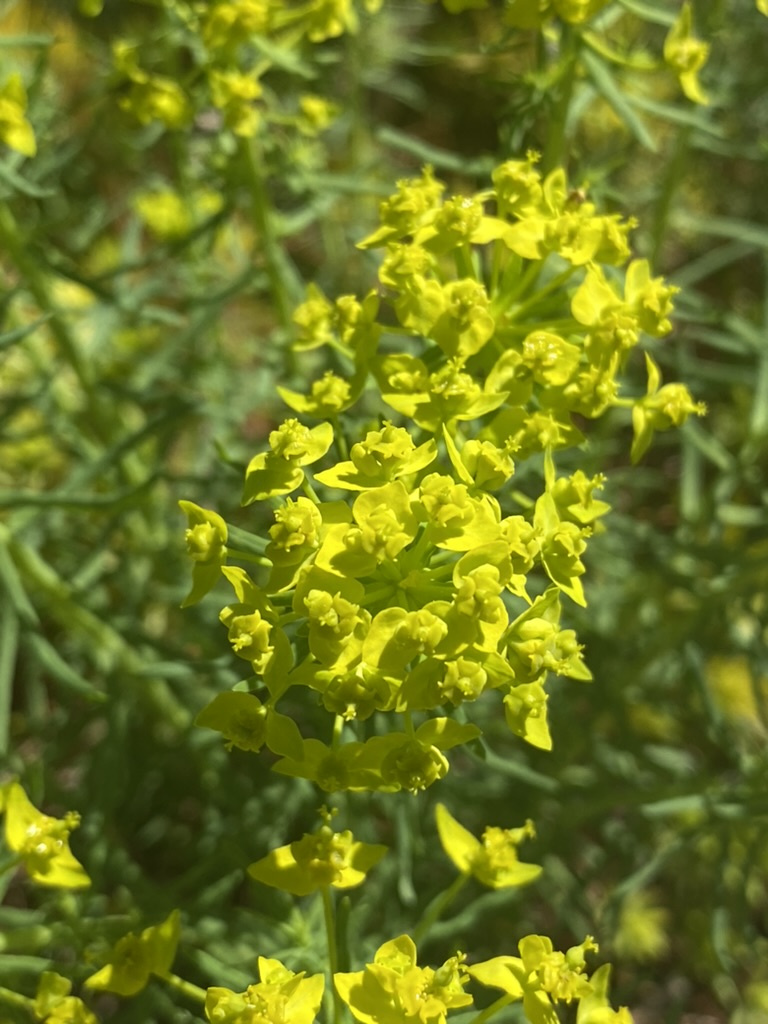
The last weed in this collection of May bloomers is also on the invasive list, but seemingly not as prolific as garlic mustard. Cypress spurge, Euphorbia cyparissias, shows its relationship to other spurges in the cup-shaped clusters of flowers along with the milky sap cut stems exude. This milky sap can be a skin irritant, so gloves are necessary when dealing with it. This plant arrived here because it was deemed ornamental, and its delicate foliage with clusters of lime-yellow flowers make a persuasive case for this purpose. One of its other common names is graveyard weed, as it was often planted at cemeteries due to its attractive appearance and size, being around 12” tall. However, this perennial plant spreads by rhizomes as well as seeding freely. It is tolerant of poor, dry, sandy soil in full sun and will be found in such conditions where little else grows. Because of its rhizomatous spread, it is more difficult to manually eradicate and it is likely to need more than one application of herbicide to be effective.
Hopefully, you do not have these growing on your property, but of the three, garlic mustard is the most prolific and therefore the one that most requires our efforts to remove it – May really is “Garlic Mustard Pull Month”!
https://extension.psu.edu/garlic-mustard
https://www.canr.msu.edu/ipm/invasive_species/garlic_mustard/about_garlic_mustard


